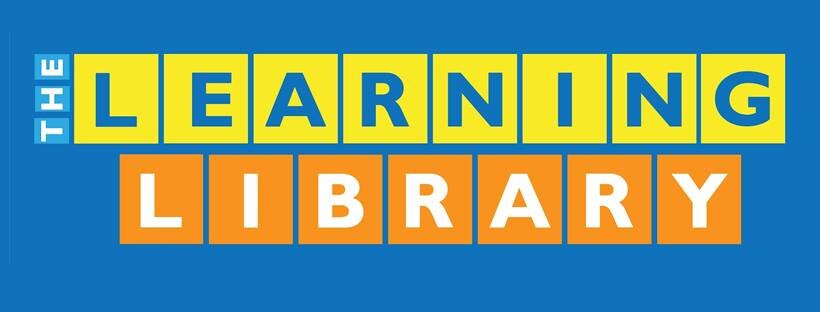How do I help my older child understand Filipino books?
Jason Renz Barrios, Researcher
School curricula in the Philippines include the promotion of Filipino literature deemed important to our cultural heritage. This repository includes the classic poetry of Ibong Adarna and Florante at Laura, and the novels El Filibusterismo and Noli Me Tangere of our national hero Dr. Jose Rizal.
To fully understand these classics, students must have proficient comprehension skills and a large Filipino vocabulary as these contain complex Filipino words and figurative language difficult that can be challenging to both children and adults. Find out what grade level your child’s Filipino skills correspond to here.
Prepare all resources at hand.
Have all the resources and materials your child needs be easily accessible when reading literary texts. Prepare the main texts that they need to read, vocabulary tools such as dictionaries, search engines and applications, text notes, and other relevant reference materials. All of these things will become handy in providing assistance when it comes to reading books they struggle to understand.
Practice note-taking.
List down the words they do not understand, and help them look for its meaning. Thoroughly explain how to use these words in a sentence as well as how its meaning relates to the story. You can also try to highlight important events in the plot. In this way, they can easily keep track of what was happening throughout the story.
Trust the process.
Instill in your kids the idea that reading literature is a process. Make sure they read it more than once, as it takes a while to fully grasp whatever messages a book may be trying to convey. Start by reading it to get the gist, a simple skim to get an overview of the narrative. Next, read for vocabulary, note down the words you don’t understand and look for its meaning. Then, read to decode what the narrative actually says. And finally read it again to further understand in order to generate intelligent reflection and insights.
Build a habit of reading in Filipino.
It will be difficult for your kids to understand a literary text if they are only forced to do it. Having the interest in really understanding the story helps them to have the motivation to finish it. Build their interest in reading Filipino literature by providing them with easy-to-read Filipino books or online articles. Illustrated books are always a good starting point for this.
Connect the stories to their experiences.
Find a way to tell these stories that will suit their interests. You can narrate in a more fun and friendly manner, as if you are telling an informal, personal anecdote. You can also buy them comics and visual versions of these books, which can serve as a guide for your child in understanding the story, as well as provide context clues when it comes to vocabulary.
Encourage your child to speak in the Filipino language.
Reading enhances their comprehension skills in Filipino, meanwhile speaking enables them to practice expressing what they understand. This will help your child better contextualize how the words are being used in a narrative.
You can assign at least one family member to communicate with your child purely in Filipino, someone who will obligate them to speak in the language. This will help them practice thinking in the language, which will help them use it in actual conversation.
Use positive reinforcement.
Even the simplest act of trying deserves a great compliment. Be supportive of your child in facing this challenge. Sometimes it only takes words of encouragement to keep your child motivated in learning things they struggle with.
Remember that you should be your child’s greatest supporter in overcoming these struggles. Understanding literature, especially when written in a language one isn’t fluent in, takes effort, time and patience. Progress takes time.
Does your teen need help?
If your child is learning Filipino as a second language and needs help in reading comprehension and writing, call us about our WIKA’Y GALING! program. Through a Filipino comprehension tutor, our flagship leveled enrichment builds comprehension, vocabulary, and grammar skills as well as appreciation of Philippine culture.
To know more about Filipino online for kids, schedule a free Filipino assessment by sending us a message at inquiries@learninglibraries.com.

